Review: 2010 Nissan Altima Coupe
Until recently, if you wanted a semi-practical sport coupe for less than $30,000, and pony cars weren’t your thing, you had to get one based on a front-drive sedan. Chevrolet offered the Monte Carlo, Honda offered the Accord Coupe, Toyota offered the Solara, and two years ago Nissan introduced an Altima Coupe. The Nissan was the sportiest of the bunch owing to a dramatically shorter wheelbase and the company’s usual emphasis of handling over ride quality. Then, for the 2010 model year, Hyundai changed the rules of the game by tossing the rear-drive Genesis Coupe into the mix. Given this new addition, the question has to be asked: why would anyone still opt for the Nissan, when the Genesis is the same price?
Both the Altima and the Genesis crib from the G35/G37 Coupe, Nissan more legitimately than Hyundai since it owns Infiniti. The Altima Coupe is quite stylish from the rear quarter, with shades of Bentley in its more complex surfaces and no intentionally odd side window outline. But when viewed from the side or front quarter the car’s front-drive proportions take their toll. There’s simply too much visual mass ahead of the front wheel, which itself is too close to the passenger compartment. The door windows are framed. The 2010 SE’s 18-inch wheels and the tested car’s dark gray paint, with a bluish tinge, do make the best of the shape.
Inside both the Altima and Genesis put the business of driving—and cost—ahead of style and flash. The Genesis has a more flowing center stack, but the Altima makes do with much less faux aluminum trim. Saving the Nissan’s off-black interior from having the ambiance of a coal bin: red leather seats that look so good you wonder why so many companies offer only gray and beige. The women in my life (okay, a wife and a daughter) loved them. Hyundai offers orange-brown leather, which looks more luxurious but less sporty than the Nissan’s red. The 2010 Altima’s soft-touch IP and padded door panels are a definite step up from the shoddy hard plastic interiors of the first-gen V6 models—but then what isn’t? The primary instruments are attractive, designed to provide much of the appearance of those in a Lexus for much less money.
The good stuff inside the car ends here. All of the other readouts—including the new head unit’s LCD–suffer from Nissan’s inexplicable love for orange lighting. The look, feel, and layout of the various buttons and switches continues to lag the leaders by a substantial margin. For example, the trip computer would be much more useful if the buttons for it were on the steering wheel rather than requiring a reach around. And who thought it would look good to place rectangular temperature readouts within the round HVAC knobs? I suspect the bean counters. The seat heaters never get very warm, and the Bose audio system never sounded right no matter what adjustments I tried—one speaker or another always stuck out above the others rather than blending with them.
The front seats don’t feel quite as good as they look. They’re comfortable, but those in the Genesis Coupe are even more comfortable and provide better lateral support—the bolsters are spaced for larger people in the Altima. The view forward is open, while the view rearward is more constricted—which is where the new-for-2010 rearview camera pays off. Typical of a coupe, in back there’s not enough space for the heads or legs of adults. If you need to put adults in the back seat, then Nissan will sell you an Altima sedan. The Altima Coupe similarly gives up much of the sedan’s trunk space—there are only 8.2 cubic feet of it, and the opening is tight. You’ll be hard-pressed to find a smaller trunk in a car with a non-folding roof. Adding insult to injury, Nissan didn’t include a handle inside the lid, so you’ll dirty your fingers closing it.
Without question the V6 engine is the best part of the Altima Coupe. Variants of the VQ V6 have powered various Nissans and Infinitis since 1994, in 3.5-liter form for the past decade. In some applications the enlarged VQ sounds gruff at higher rpm. Not this one. I cannot recall the VQ ever feeling or sounding better than it does in this car. The V6 pulls very strongly from 3,500 rpm on up, and the sound it makes is downright addictive. Hyundai must find a way to make its V6 sound and feel more like this one. Sure, the larger Korean V6 kicks out better numbers, but subjectively it doesn’t come close.
In suburban driving I averaged 17 MPG partly because I could not keep my foot out of the throttle. How much better would it do driven gently? It’d be easier to find out how many licks it takes to get to the center of a Tootsie Pop. The 6-speed manual transmission’s shift lever is tall and its throws are on the long side when snicking clunking from gear to gear, but it’s still an easy choice over the CVT for any enthusiast.
Surprisingly, given the 258 pounds-feet the 3.5-liter engine produces, there’s very little torque steer. But before sounding the all clear, try shifting gears during full-throttle acceleration—the front wheels perform such a violent double-hop that I initially wondered if something was wrong with the car’s front suspension. Go easier on the throttle and there’s still a bit of the same unless you slow the shift and feather the clutch engagement. A quick check with owners confirmed that the 6-speed Altima V6 suffers from fairly severe wheel hop. The aftermarket offers a fix in the form of traction rods—not a common mod for a front-wheel-drive car. Another, not recommended fix: the CVT. Never has it been more necessary to eliminate “shift shock.” Did Nissan set up the suspension for the CVT, with the manual an afterthought?
The Altima’s handling is thoroughly predictable, even in snow, with minimal roll and minimal understeer…okay, you know the qualification is coming…for a front-wheel-drive car. This said, the steering doesn’t feel as quick or responsive as that in the Maxima. It’s dull in normal driving, but thankfully becomes communicative in hard turns. The Altima Coupe is one of those cars that feels best when driven aggressively. If the only competition were other front-wheel-drive coupes, it would compare well, if only because competitors with their larger dimensions feel even more like the sedans on which they are based. But the Genesis handles better, if still not remotely like a sports car, thanks to the additional chassis modulation afforded by rear-wheel-drive.
The Altima Coupe’s roll control comes at a high price—over all but the smoothest roads the ride varies between annoyingly jiggly and sadistically harsh. My wife likes to read in the car. She couldn’t read in this one. Even with its optional sport suspension the Genesis rides much better. With a ride this bad, the Altima Coupe should handle like a sports car. It doesn’t. Even if it did this price would be too high. Nissan needs to find a way to calm the suspension down.
And yet…I enjoyed driving the Altima Coupe more than I did the Genesis Coupe. It just feels so much more eager and alive, asking for and rewarding an aggressive driving style. Which makes it all the more a shame that the chassis punishes much more often than it rewards. An outstanding engine can compensate for a lot of minor shortcomings, but not this major one. The 2010 refresh ought to have done more to raise the rest of the car nearer the level of the engine.
Nissan provided the vehicle, insurance, and one tank of gas for this review
Michael Karesh owns and operates TrueDelta, an online provider of auto pricing and reliability data.
Michael Karesh lives in West Bloomfield, Michigan, with his wife and three children. In 2003 he received a Ph.D. from the University of Chicago. While in Chicago he worked at the National Opinion Research Center, a leader in the field of survey research. For his doctoral thesis, he spent a year-and-a-half inside an automaker studying how and how well it understood consumers when developing new products. While pursuing the degree he taught consumer behavior and product development at Oakland University. Since 1999, he has contributed auto reviews to Epinions, where he is currently one of two people in charge of the autos section. Since earning the degree he has continued to care for his children (school, gymnastics, tae-kwan-do...) and write reviews for Epinions and, more recently, The Truth About Cars while developing TrueDelta, a vehicle reliability and price comparison site.
More by Michael Karesh
Latest Car Reviews
Read moreLatest Product Reviews
Read moreRecent Comments
- THX1136 While reading the article a thought crossed my mind. Does Mexico have a fairly good charging infrastructure in place? Knowing that it is a bit poorer economy than the US relatively speaking, that thought along with who's buying came to mind.
- Lou_BC Maybe if I ever buy a new car or CUV
- Lou_BC How about telling China and Mexico, we'll accept 1 EV for every illegal you take off our hands ;)
- Analoggrotto The original Tassos was likely conceived in one of these.
- Lorenzo The unspoken killer is that batteries can't be repaired after a fender-bender and the cars are totaled by insurance companies. Very quickly, insurance premiums will be bigger than the the monthly payment, killing all sales. People will be snapping up all the clunkers Tim Healey can find.

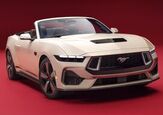

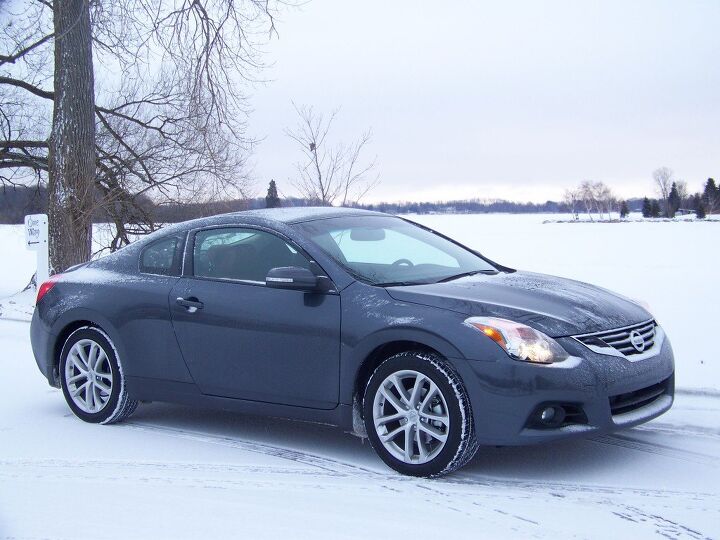


















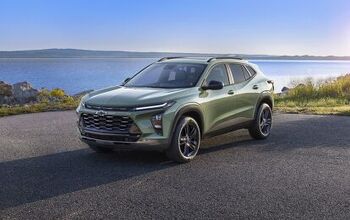
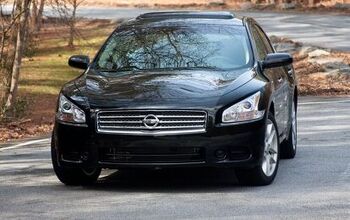
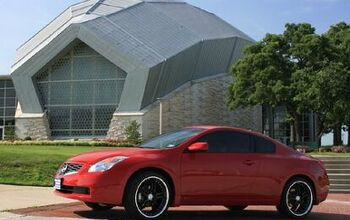
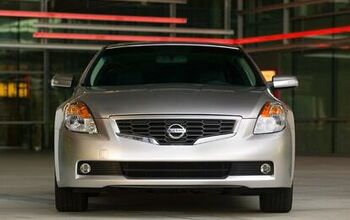
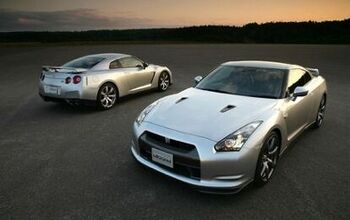
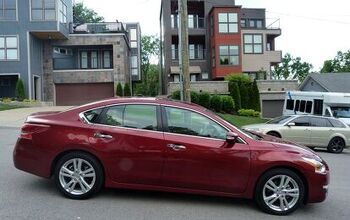

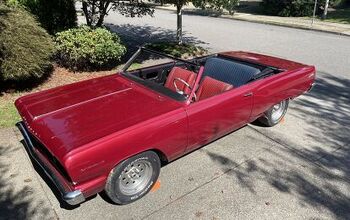
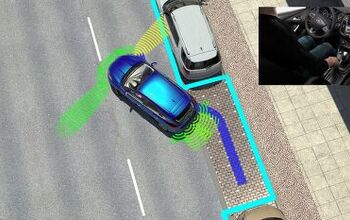
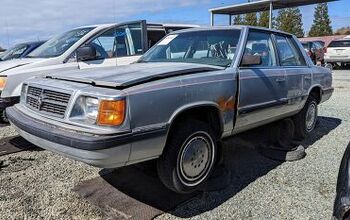
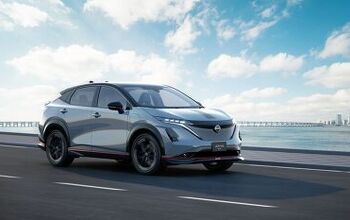
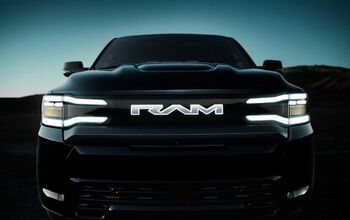

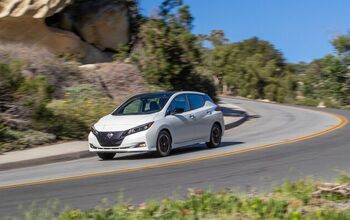


Comments
Join the conversation
I find the comments about the interior out in left field, gosh compare this interior to that of a Camry with it's tupperware plastics. Do I sense an anti-Nissan reviewer here?
Aftermarket wheels/tires DO make a huge difference on this car. I have 245/45 18's on mine and it feels dramatically more solid than the wimpy stockers which I sold at 800 miles. It's almost like Nissan expected owners to upgrade the wheels. Wheel hop is unheard of. And the CVT in combination with the Variable Valve Timing keeps the revs WAY down when you're cruising around town. I'll admit the ride is a bit firm, but I figure I can change out the struts at some point. I know that all reviews must be done on a stock vehicle, but when a few basic changes can make a big difference, it's important to consider that. Very happy with the car, trouble free after 3 years, motor feels like it will last much longer than I will want to keep the car.